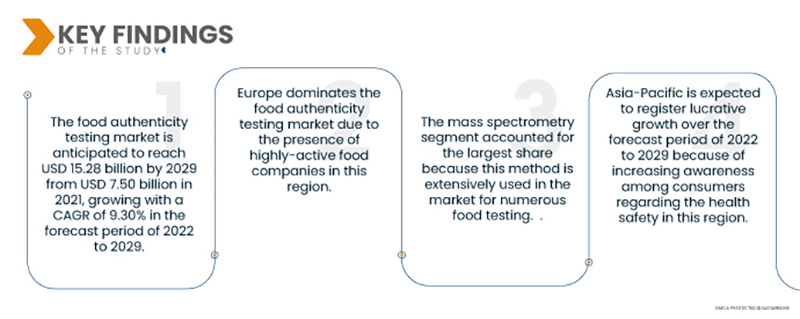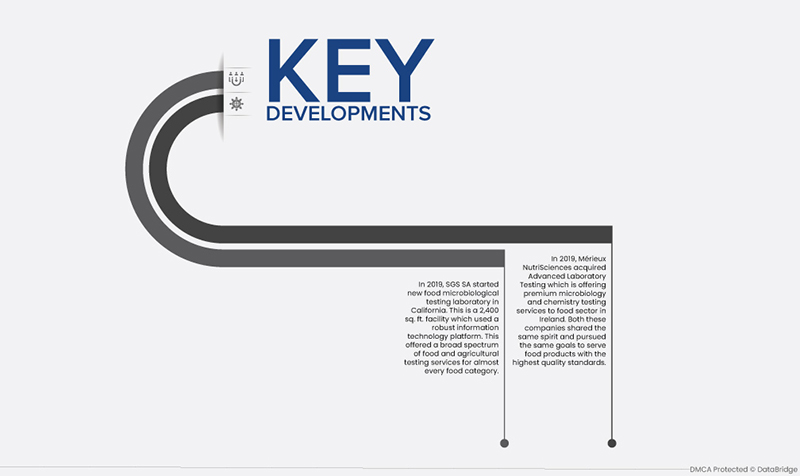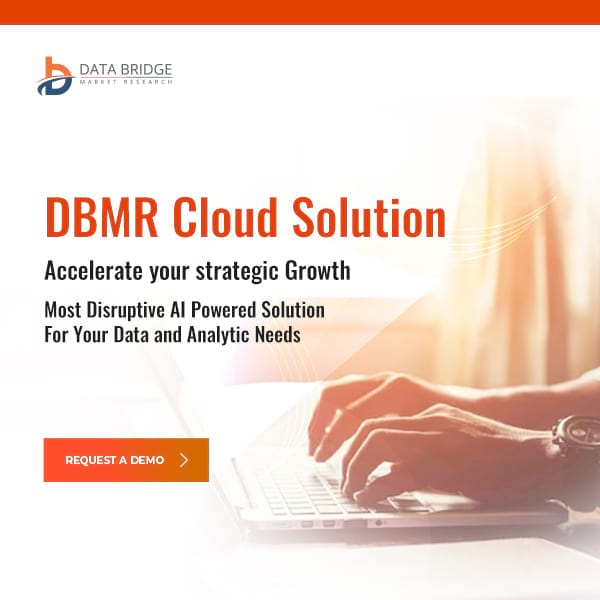The increasing instances of food adulteration, counterfeiting, and false labeling are major concerns globally, posing significant risks to consumer health and safety. Food adulteration involves the deliberate addition of inferior or harmful substances to food products, often to increase quantity and profit margins. Common adulterants include chemicals, non-edible substances, or contaminants that can lead to foodborne illnesses, allergies, or long-term health complications. Counterfeiting, on the other hand, refers to the production and sale of fake food products that mimic genuine brands, often compromising quality and safety. These counterfeit items may contain substandard ingredients, misrepresentations of nutritional content, or harmful additives.
False labeling, another pervasive issue, involves the inaccurate or deceptive presentation of product information, including misleading claims about ingredients, origins, or health benefits. This can deceive consumers into making unsafe or unhealthy food choices. These practices are often fueled by the growing demand for cheaper food products, lack of stringent regulations, and weak enforcement in some regions.
The consequences of food adulteration and misrepresentation are grave, from health risks to economic losses. Combating these issues requires stringent regulations, better surveillance, consumer awareness, and transparency in the food supply chain to protect public health and ensure food integrity.
Access Full Report @ https://www.databridgemarketresearch.com/reports/global-food-authenticity-testing-market
Data Bridge Market Research analyzes that the Global Food Authenticity Testing Market is expected to reach USD 13.45 billion by 2032 from USD 8.90 billion In 2025, growing with a substantial CAGR of 6.1% in the forecast period of 2025 to 2032.
Key Findings of the Study
Growing Consumer Demand for Transparency and Clean-Label Products
The global food authenticity testing market is experiencing significant growth due to the increasing consumer demand for transparency and clean-label products. Today’s consumers are more aware of what goes into their food, preferring products with simple, natural ingredients and minimal processing. Clean-label products, which exclude artificial additives, preservatives, and colors, are especially popular among health-conscious consumers who seek foods that align with their values of sustainability and authenticity.
This demand for transparency is largely driven by concerns over food safety and integrity, particularly in the wake of food fraud scandals. Food fraud, where products are misrepresented, adulterated, or falsely labeled, has led to growing mistrust among consumers. For example, incidents like the mislabeling of meat products, honey adulteration, and olive oil fraud have highlighted the need for reliable verification methods. As a result, food authenticity testing has become a crucial tool in ensuring that what is promised on the label matches what is inside the product. These testing methods, which include DNA testing, isotope analysis, and chemical profiling, help verify the authenticity of ingredients and confirm the legitimacy of product claims, such as "organic," "non-GMO," or "free-range."
The clean-label trend also coincides with growing demand for ethically sourced and environmentally sustainable foods. Consumers are now more interested in knowing the origins of their food and how it is produced. As such, manufacturers are under increasing pressure to provide proof that their sourcing, production, and labeling practices meet consumer expectations for ethical and sustainable practices. Transparency in this regard is critical to maintaining consumer trust and ensuring compliance with regulatory standards.
Government regulations around food labeling are also becoming stricter, with many countries enforcing tighter controls on the accuracy of product claims. This regulatory pressure, along with the growing consumer demand for clean-label foods, has fueled the need for food authenticity testing services, which help companies comply with these regulations.
Report Scope and Market Segmentation
|
Report Metric
|
Details
|
|
Forecast Period
|
2025 to 2032
|
|
Base Year
|
2024
|
|
Historic Years
|
2023 (Customizable to 2013-2017)
|
|
Quantitative Units
|
Revenue in USD Billion
|
|
Segments Covered
|
By Test Type (Mass Spectrometry, PCR (Polymerase Chain Reaction)-Based, DNA Sequencing/Barcoding, NMR Technique/Molecular Spectrometry, Immunoassay-Based/Elisa (Enzyme-Linked Immunosorbent Assay), Isotope Methods, and Next-Generation Sequencing), Category (Adulteration Tests, Organic, Allergen Testing, Meat Speciation, GMP Testing, Halal Verification, Kosher Verification, Protected Geographical Indication (PGI), Protected Denomination of Origin (PDO), False Labeling, and Others), Application (Food and Beverages)
|
|
Countries Covered
|
U.S., Canada, Mexico, China, Japan, India, South Korea, Australia, Malaysia, Singapore, Indonesia, Thailand, Philippines, Rest of Asia-Pacific, Germany, France, Italy, U.K., Spain, Russia, Turkey, Netherlands, Belgium, Switzerland, Rest of Europe, Saudi Arabia, South Africa, U.A.E., Kuwait, Rest of Middle East and Africa, Brazil, Argentina, and Rest of South America
|
|
Market Players Covered
|
Eurofins Scientific (Luxembourg), SGS Société Générale de Surveillance SA. (Switzerland), Intertek Group plc (U.K.), Thermo Fisher Scientific Inc. (U.S.), ALS (Australia), Mérieux NutriSciences (U.S.), TÜV SÜD (GERMANY), EMSL Analytical, Inc. (U.S.), SCIEX (U.S.), Cotecna (Switzerland), Analytik Jena GmbH+Co. KG (Germany), Campden BRI (England), FoodChain ID (U.S.), Bia Analytical Ltd (U.K.), Microbac Laboratories, Inc, (U.S.) Food Forensics Limited (England), Reading Scientific Services Ltd (U.K.), Premier Analytics Servies (U.K.), and Pathogenia (Canada)
|
|
Data Points Covered in the Report
|
In addition to the insights on market scenarios such as market value, growth rate, segmentation, geographical coverage, and major players, the market reports curated by the Data Bridge Market Research also include in-depth expert analysis, geographically represented company-wise production and capacity, network layouts of distributors and partners, detailed and updated price trend analysis and deficit analysis of supply chain and demand.
|
Segment Analysis
The global food authenticity testing market is segmented into three notable segments based on test type, category, and application.
- On the basis of test type, the market is segmented into mass spectrometry, PCR (Polymerase Chain Reaction)-Based, DNA sequencing/barcoding, NMR Technique/Molecular spectrometry, immunoassay-based/Elisa (Enzyme-Linked Immunosorbent Assay), isotope methods, and next-generation sequencing.
In 2025, the mass spectrometry segment is expected to dominate the market with a market share of 27.97%
In 2025, the mass spectrometry segment is expected to dominate the market with a market share of 27.97% due to its unmatched sensitivity, specificity, and versatility in detecting adulterants and verifying food authenticity across diverse matrices. Its compatibility with advanced techniques like GC-MS and LC-MS makes it the gold standard for reliable, regulatory-compliant testing.
- On the basis of category, the market is segmented into adulteration tests, organic, allergen testing, meat speciation, GMO testing, halal verification, kosher verification, protected geographical indication (PGI), protected denomination of origin (PDO), false labeling, and others.
In 2025, the adulteration tests segment is expected to dominate the market with a market share of 22.32%
In 2025, the adulteration tests segment is expected to dominate the market with a market share of 22.32% due to adulteration tests addressing the most prevalent form of food fraud, ensuring compliance with stringent regulations and protecting consumer safety from economic and health risks.
- On the basis of application, the market is segmented into food and beverages. In 2025, the food segment is expected to dominate the market with a market share of 62.14%
Major Players
Data Bridge Market Research analyzes Eurofins Scientific (Luxembourg), SGS Société Générale de Surveillance SA. (Switzerland), Intertek Group plc (U.K.), Thermo Fisher Scientific Inc. (U.S.), and ALS (Australia) as major market players.
Recent Developments
- In October 2024, Intertek Caleb Brett has opened a new state-of-the-art laboratory in Algeciras, Spain, enhancing services for the maritime and energy sectors. The facility specializes in fuel testing, compliance with ISO 8217, and environmental monitoring, strengthening support for international trade and regulatory compliance
- In December 2023, ALS has recently received two new accreditations from the United Kingdom Accreditation Service (UKAS) for food product testing methods. UKAS, the official accreditation body in the UK, ensures that testing services meet high standards. These new accreditations reinforce ALS's commitment to quality, enhancing confidence in their testing services and strengthening their position as a trusted leader in food analysis
- In June 2021, In May, Thermo Fisher Scientific Inc. announced that Marc N. Casper, chairman, president, and chief executive officer, will present virtually at the BofA Securities 2021 Health Care Conference. This will help the company interact among various bioscience and healthcare professionals and conclude better resolutions and efforts towards the healthcare industry
- In April 2021, Thermo Fisher Scientific Inc. announced a definitive agreement with PPD, Inc. a leading global provider of clinical research services to the pharma and biotech industry. This will help the company to provide customers with important clinical research services and help them in new ways as they move a scientific idea to an approved medicine quickly
- In October 2020, Campden BRI announced the X-ray imaging technique to detect bread quality. This will help the company to thrive in innovation and assure product safety and quality
Regional Analysis
On the basis of country, the market is segmented into U.S., Canada, Mexico, China, Japan, India, South Korea, Australia, Malaysia, Singapore, Indonesia, Thailand, Philippines, Rest of Asia-Pacific, Germany, France, Italy, U.K., Spain, Russia, Turkey, Netherlands, Belgium, Switzerland, Rest of Europe, Saudi Arabia, South Africa, U.A.E., Kuwait, Rest of Middle East and Africa, Brazil, Argentina, and Rest of South America.
As per Data Bridge Market Research analysis:
North America is expected to dominate the market in the forecast period of 2025 to 2032
North America is expected to dominate the market due to stringent food safety regulations, advanced testing technologies, and heightened consumer awareness about food quality and authenticity in the region.
The Asia-Pacific region is the fastest-growing in the market in the forecast period of 2025 to 2032
The Asia-Pacific region is the fastest-growing in the market, driven by increasing food safety concerns, rising consumer awareness, stringent regulations, and growing demand for authentic food products.
For more detailed information about the global food authenticity testing market report, click here – https://www.databridgemarketresearch.com/reports/global-food-authenticity-testing-market












